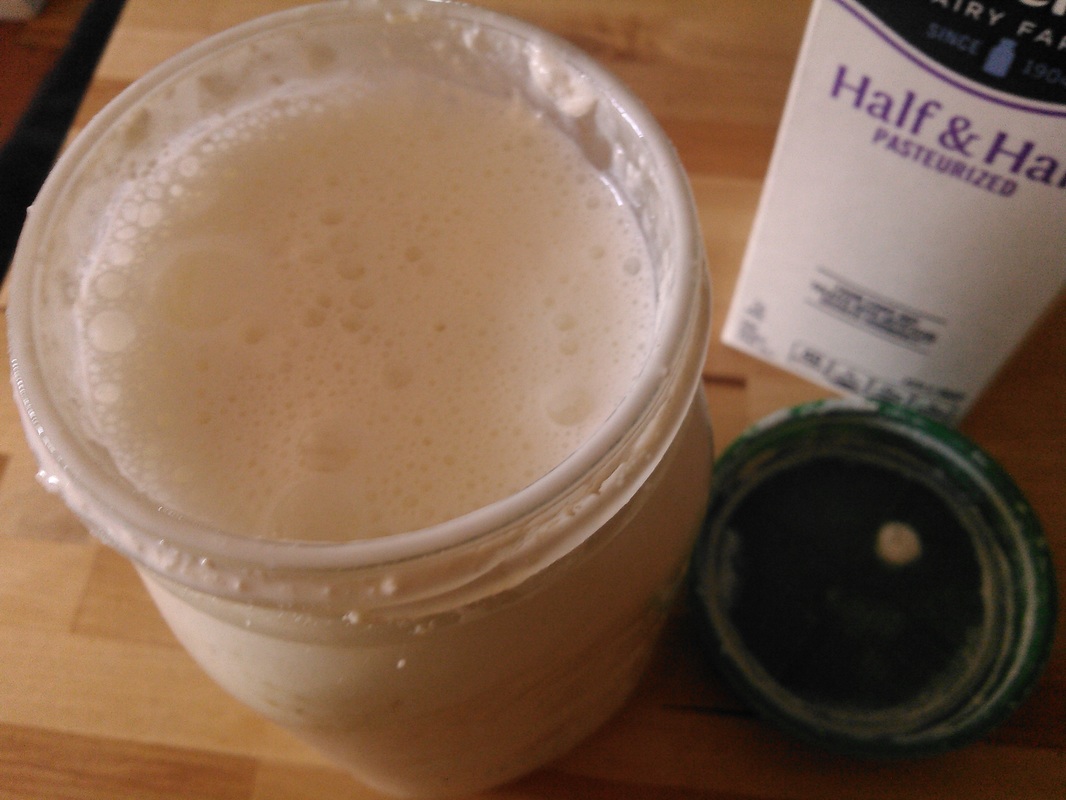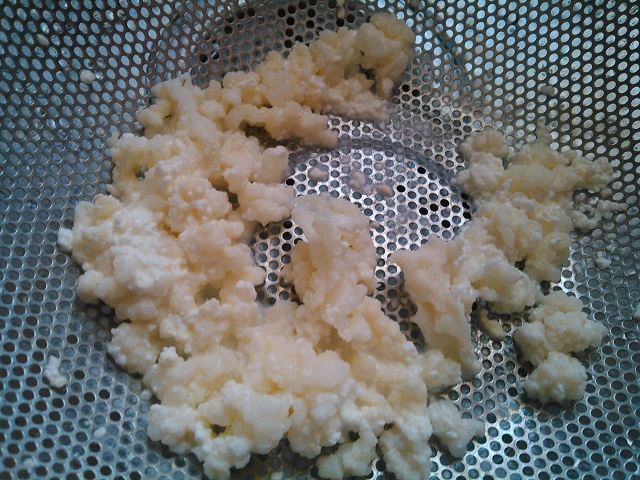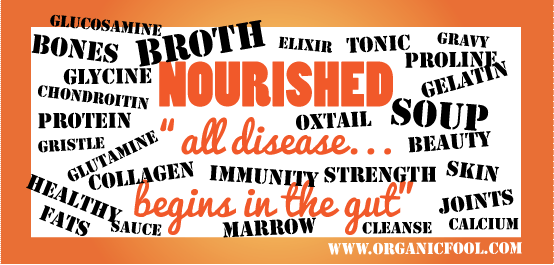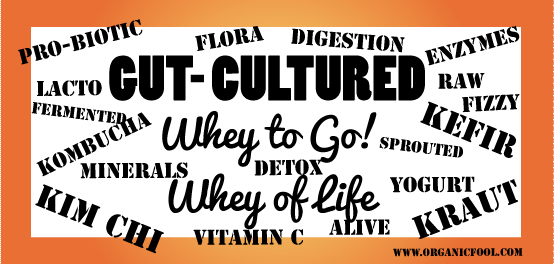|
Homemade yogurt using the slow-cooker, kefir, local raw cream.
Homemade Yogurt
Culturing dairy is often the best way to consume dairy for many people. By culturing dairy, it brings it back to life with living enzymes and probiotic bacteria. It is pre-digested as well, which makes it easier for us to digest.
Some people are lactose intolerant but living dairy contains the enzyme, lactase, necessary to digest lactose (sugar). Really, these people are lactase-deficient not "lactose intolerant", which is a bit of a misnomer and misunderstands the root of the problem. Other people have problem with BCM-7 in some dairy, typically Holstein milk (most of the commercial milk). They can potentially use goat milk or milk from heritage breed cows like Guernseys or Jerseys. This milk can often be obtained locally from a raw milk producer, found legally now in many States. Check www.realmilk.com to see if your location has local raw milk. Raw milk should be pasteurized before making it into yogurt. Refer to "Devil in the Milk" book by Keith Woodford (see link below) for more on A1 vs A2 type milk. Making homemade yogurt Making homemade yogurt is easy using a slow-cooker (Crockpot). Recipe: I use pasteurized half-half from the grocery store. I get the full fat, not the so-called "low fat" half-half (how can half-half be low fat, or how could there be such a thing as low-fat cream?). You also need a yogurt starter. I buy active yogurt from the store. It doesn't matter too much which yogurt you buy, as long as it has active cultures. Pour half-half (I use two quarts at a time, plus add additional heavy cream to make it even creamier). Add 1 tbsp. yogurt, and 1 tbsp. sugar to help feed the bacteria. Stir or whip. Turn slow cooker to warm, not low as low is too hot. Do not cover with lid but cover with a towel to allow some heat to escape. Yogurt needs to culture between 110-120 F. You may need to get a thermometer to check the temp during this process. Let culture for 10-12 hours until finished. Jar and refrigerate until ready to consume. I use homemade yogurt on just about any food and for dips and sauces in place of sour cream. If your slow-cooker gets too hot it will kill the lactobacteria, and then you may need to consider a home yogurt maker. These are fairly inexpensive.
Kefir
Kefir is made from milk with kefir "grains". They are not literally grains but are colonies of various bacteria and yeasts, up to 25 different kinds or more. This 4-5 times more strains of bacteria than found in yogurt.
I use a mason jar with a sprouting lid to allow oxygen in. Kefir likes to breathe oxygen and so is aerobically cultured. Then you can jar it after a few days and store in the fridge for later use. I use kefir to lactoferment vegetables or for soaking grains. I also add some to my dogs food that I prepare to also give him some beneficial bacteria. See Nourishing Traditions for more information on kefir and there are many links out there.
0 Comments
Leave a Reply. |
Following Weston A. Price
|
|
Disclaimer:
Solar Powered Health (SPH) does NOT provide nutritional, medical or therapy advice nor engage in therapeutic treatments of any kind. SPH is about traditional homestead kitchen skills, whole-food based supplements, and nutritional information based on traditional principles. Any health related statements are for informational purposes only. Opinions expressed are those of SPH or author. Please see a health professional or practitioner for serious illness. Green Pasture ® products provide fat soluble vitamins, which are essential for proper mineral absorption into the body and many other functions. The FDA has not evaluated these statements. This health product is not intended to diagnose, treat, cure or prevent disease. Green Pasture ® cod liver oil and concentrated butter oil are meant to be combined with a well-rounded diet that also provides minerals like calcium, magnesium, potassium, sodium, chloride, phosphorous, zinc, copper, iron, and others, along with other vitamin A rich foods, such as butter, eggs and liver. Individual results can vary. SPH does not represent Green Pasture ® products or speak on their behalf. Prices subject to change without notice. As an Amazon Associate Solar Powered Health earns from qualifying purchases. |
WARNINGS:
1. FOLLOW RECOMMENDED DOSAGES. Cod liver oil in excess for long periods of time can be harmful due to high level of omega-3s. 2. WARNING FOR PREGNANCY AND VEGETARIANS: "Cod liver oil contains substantial levels of omega-3 EPA, which can cause numerous health problems, such as hemorrhaging during the birth process, if not balanced by arachidonic acid (AA), an omega-6 fatty acid found in liver, egg yolks and meat fats. Please do not add cod liver oil to a diet that is deficient in these important animal foods. It is important to follow our diet for pregnant mothers in its entirety, not just selected parts of it.” - Diet for Pregnant and Nursing Mothers 3. WARNING regarding Vitamin D3 drops.
https://chrismasterjohnphd.com/blog/2016/12/09/the-ultimate-vitamin-k2-resource/ |
"A joyful heart is good medicine, but a crushed spirit dries up the bones." - Prov 17:22
"But God chose what the world considers nonsense to put wise people to shame." 1 Cor 1:27
Copyright © Solar Powered Health 2019
See more in Terms and Conditions.
"But God chose what the world considers nonsense to put wise people to shame." 1 Cor 1:27
Copyright © Solar Powered Health 2019
See more in Terms and Conditions.
Icons credit www.flaticon.com eucalyp, freepik, smashicons and Awesome Fonts
Heromachine.com and Heroized.com
Heromachine.com and Heroized.com
www.solarpoweredhealth.com











 RSS Feed
RSS Feed




